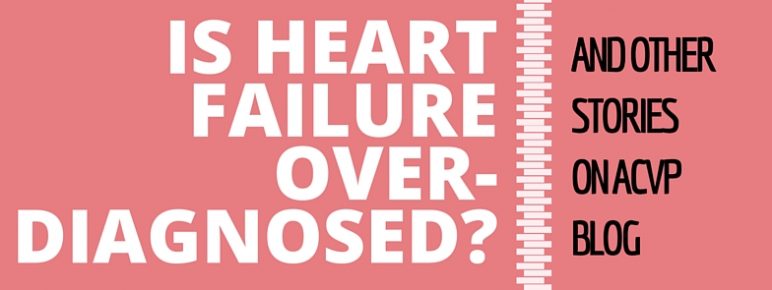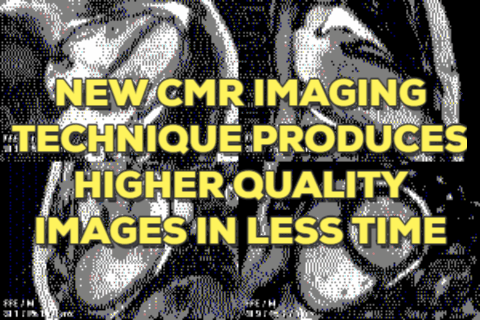Is heart failure over-diagnosed?
A common problem in elderly men, obstructive uropathy, can look a lot like heart failure.
When pulmonary edema is present, heart failure is often the "scapegoat" says Melissa Walton-Shirley, MD in a commentary on Medscape. Approaching heart failure with "an air of skepticism" might help.
I've seen a handful of obstructive uropathy cases masquerading as heart failure in elderly men in recent years. I shudder to think how many times I've missed it. I suspect that it's not just men who suffer. Some of our female patients with "diastolic dysfunction" and overflow incontinence seem to suffer from backpressure that finds its way into the pulmonary vasculature.
Melissa Walton-Shirley, MD
Read more on Medscape.
NYU Langone tests new transcatheter device.
Continue reading Is heart failure over-diagnosed? and other stories


